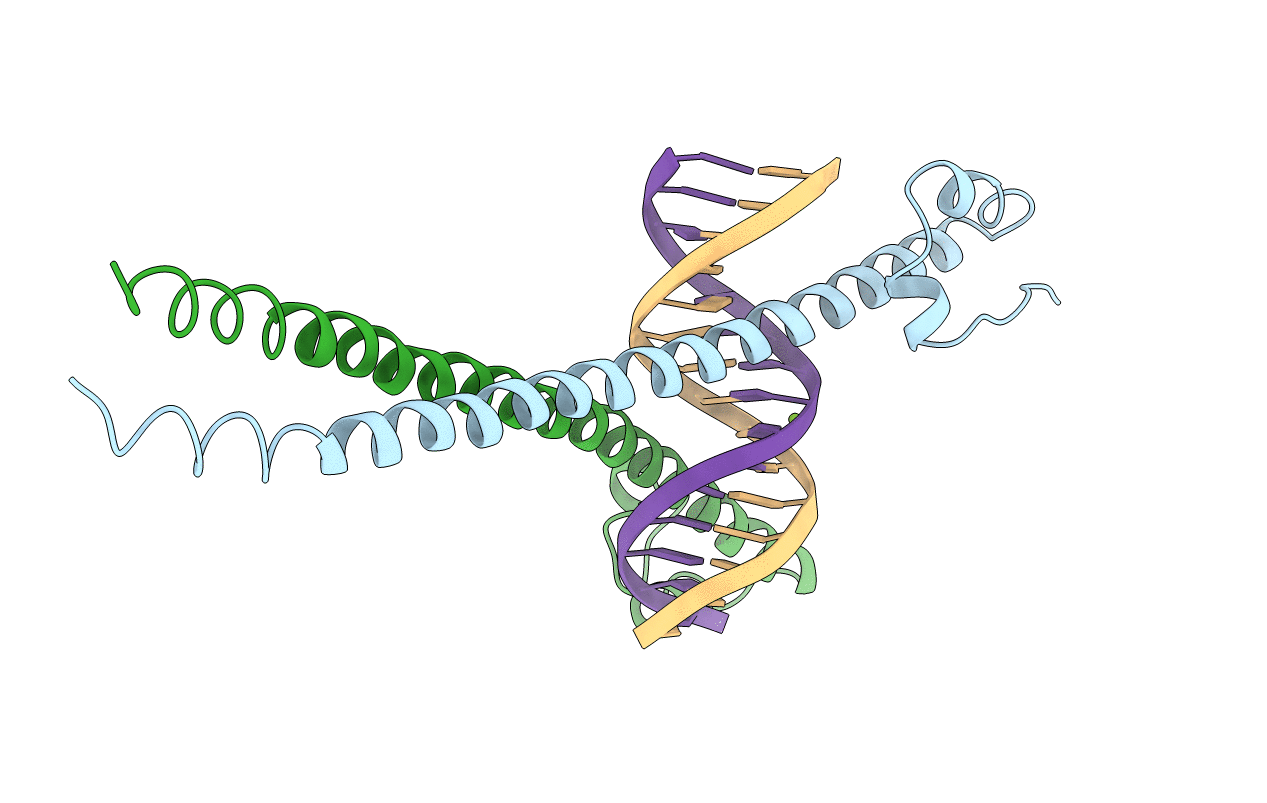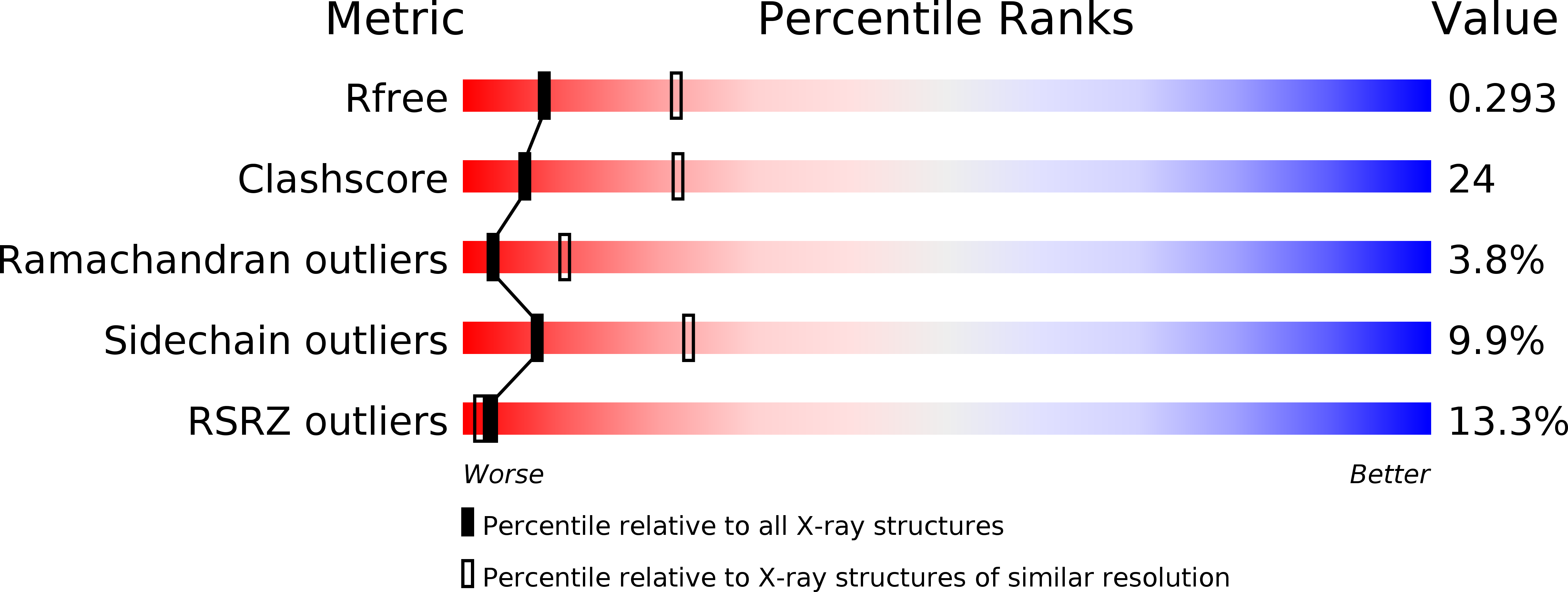
Deposition Date
2009-08-11
Release Date
2009-10-13
Last Version Date
2024-10-23
Entry Detail
Biological Source:
Source Organism:
Mus musculus (Taxon ID: 10090)
synthetic construct (Taxon ID: 32630)
synthetic construct (Taxon ID: 32630)
Host Organism:
Method Details:
Experimental Method:
Resolution:
2.80 Å
R-Value Free:
0.29
R-Value Work:
0.26
Space Group:
C 2 2 21


